- Home
- About Us
- Services
- Treatments
- Acid Reflux
- Allergic Rhinitis
- Alcoholic Fatty Liver
- Ankylosing Spondylitis
- Anxiety / Stress
- Arthritis
- Asthma
- Cervical Spondylitis
- Celiac Infection
- Colitis
- Constipation
- Dermatitis
- Detox Programme
- Diabetes (Madhumeha)
- Hair Fall
- Headache
- Hormonal Imbalance
- Hypertension
- Insomnia
- Irritable Bowel Syndrome
- Lungs Disease
- Migraine
- Neurological Disorder
- Non Alcoholic Fatty Liver
- Obesity Management
- Pain Management
- PCOD
- PCOS
- Sciatica Pain
- Sinusitis
- Skin Disorder
- Slip Disc
- Stress Management
- Thyroid
- Weight Management
- Techno-Ayurveda
- Media
- Blog
- Contact Us
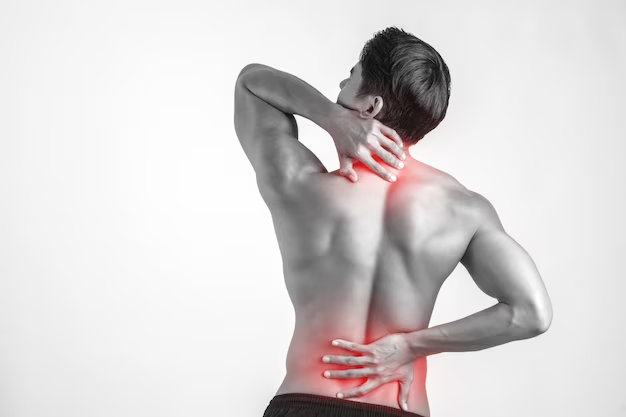
Pain Management
About Natural and Non-Pharmacological Pain Management
At Shuddhi Wellness, natural and non-pharmacological pain management is approached through a holistic blend of therapies designed to address both the physical and emotional aspects of pain. The center emphasizes methods such as Ayurvedic treatments, yoga, meditation, and massage therapy, all aimed at promoting balance and healing within the body. By integrating herbal remedies, nutritional guidance, and mind-body practices, Shuddhi Wellness offers a comprehensive approach to managing pain without relying on pharmaceutical drugs. Techniques like acupuncture, biofeedback, and heat or cold therapy are also utilized to target specific pain areas, reduce inflammation, and enhance relaxation. The focus is on treating the root causes of discomfort, restoring energy flow, and empowering individuals to take an active role in their well-being, offering a natural path to long-term pain relief and overall health.

Common Causes of Back Pain Management
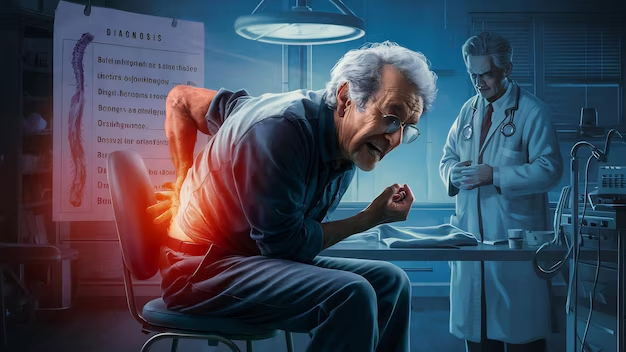
Slip Disc Disease
- Herbal Remedies: Ayurvedic herbs like Ashwagandha, Turmeric, and Guggul are used for their anti-inflammatory and pain-relieving properties to reduce swelling and promote healing of the affected disc.
- Panchakarma Therapy: Detoxification treatments such as Abhyanga (oil massage), Swedana (sudation therapy), and Basti (medicated enemas) are used to release toxins, improve circulation, and relieve pain.
- Yoga and Stretching: Gentle yoga poses and stretches help in improving flexibility, strengthening the spine, and reducing pressure on the discs, promoting overall spinal health.
- Dietary Changes: Ayurveda recommends a diet rich in anti-inflammatory foods, such as warm, easily digestible meals, and avoiding heavy or processed foods to prevent inflammation and support healing.
- Lifestyle Modifications: Ayurveda emphasizes maintaining proper posture, managing stress through meditation, and avoiding activities that strain the back, supporting long-term spinal health and recovery.
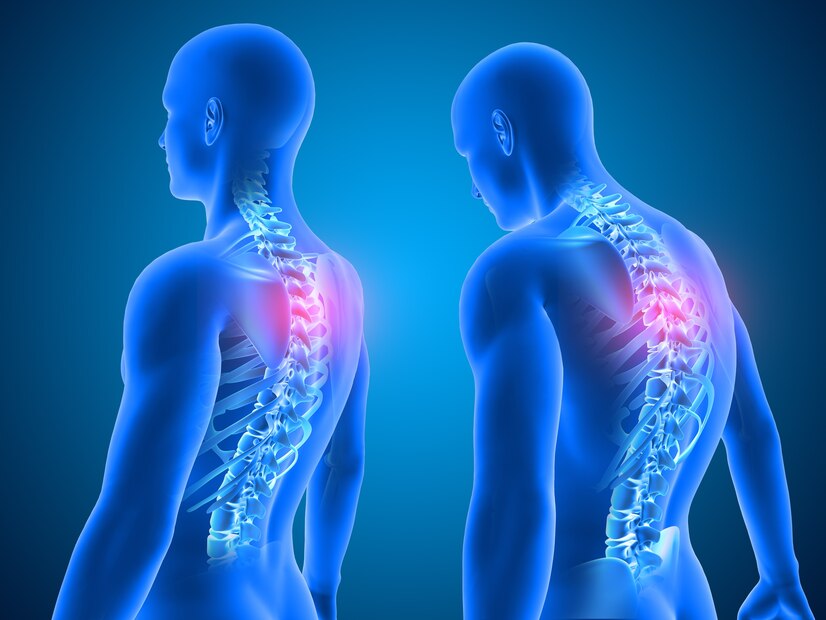
Spinal Diseases
- Aging: Degeneration of discs and joints over time leads to conditions like arthritis and stenosis.
- Injury: Trauma or accidents can cause fractures, herniated discs, or spinal misalignments.
- Genetics: Inherited conditions, such as scoliosis or congenital deformities, increase the risk.
- Poor Posture: Long-term improper posture strains the spine.
- Obesity: Excess weight puts pressure on the spine and discs.
- Sedentary Lifestyle: Lack of exercise weakens muscles supporting the spine.
- Repetitive Stress: Constant movement or heavy lifting can damage spinal structures. Causes of Spinal Diseases and Disorders
- Aging: Degeneration of discs and joints over time leads to conditions like arthritis and stenosis.
- Injury: Trauma or accidents can cause fractures, herniated discs, or spinal misalignments.
- Genetics: Inherited conditions, such as scoliosis or congenital deformities, increase the risk.
- Poor Posture: Long-term improper posture strains the spine.
- Obesity: Excess weight puts pressure on the spine and discs.
- Sedentary Lifestyle: Lack of exercise weakens muscles supporting the spine.
- Repetitive Stress: Constant movement or heavy lifting can damage spinal structures. Spineal Diseases Treatment Shuddhi Wellness treats spinal diseases through Ayurvedic therapies like herbal remedies, Panchakarma, yoga, and dietary adjustments, alongside Techno Veda’s advanced treatments such as electromagnetic therapy, laser therapy, and spinal alignment. This holistic approach promotes healing, pain relief, and long-term spinal health.
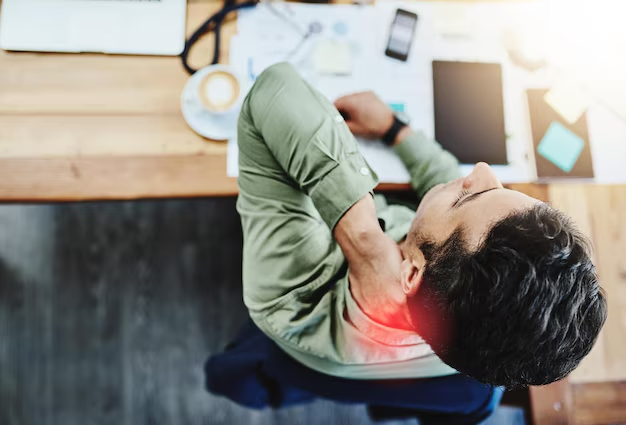
Shoulder Pain
Common Causes of Shoulder Pain
Common causes of shoulder pain include:- Rotator Cuff Injuries: Strains or tears in the muscles and tendons that stabilize the shoulder.
- Arthritis: Degeneration of the shoulder joint leading to pain and stiffness.
- Tendonitis: Inflammation of the tendons, often due to repetitive motion or overuse.
- Bursitis: Inflammation of the fluid-filled sacs that cushion the shoulder joint.
- Frozen Shoulder: A condition characterized by stiffness and limited range of motion.
- Shoulder Impingement: Compression of tendons or bursa due to restricted space in the shoulder.
- Dislocation or Fracture: Injury that causes misalignment or breaks in the shoulder bones.
- Postural Issues: Poor posture, such as rounded shoulders, can lead to muscle imbalances and pain.
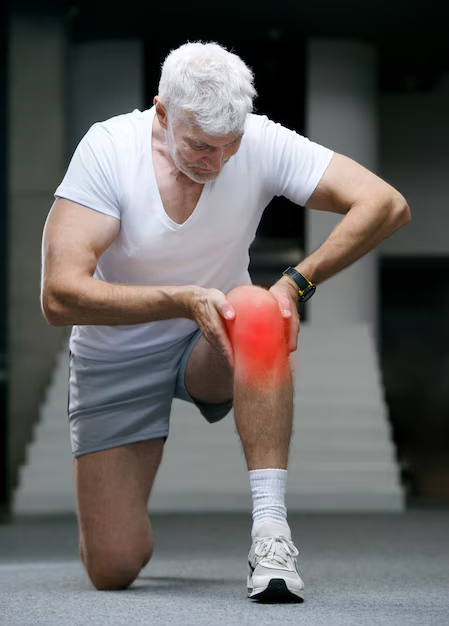
Knee Pain
Knee pain can result from various causes, including injury, arthritis, overuse, or structural issues. It leads to discomfort, swelling, stiffness, and difficulty in movement. Common conditions include osteoarthritis, ligament injuries, tendinitis, and patellar tracking disorder. Treatment typically involves rest, physical therapy, medication, or in severe cases, surgery.
Common Causes of Knee Pain
Common causes of knee pain include:
- Osteoarthritis: Degeneration of cartilage in the knee joint, leading to pain and stiffness.
- Ligament Injuries: Tears or sprains in the ACL, MCL, or other knee ligaments due to trauma or sports-related activities.
- Patellar Tendinitis: Inflammation of the tendon connecting the kneecap to the shinbone, often from overuse.
- Meniscus Tears: Damage to the cartilage in the knee, usually due to twisting or impact during physical activity.
- Bursitis: Inflammation of the fluid-filled sacs (bursae) that cushion the knee joint, often caused by repetitive movement or pressure.
- Rheumatoid Arthritis: An autoimmune condition that causes inflammation and pain in the knee joints.
- Patellofemoral Pain Syndrome: Pain around the kneecap due to misalignment, overuse, or imbalance in the thigh muscles.
- Knee Fractures: Breaks or cracks in the bones of the knee, typically due to trauma or falls.
Ayurvedic Knee Pain Treatment
Ayurvedic knee pain treatment through Techno Veda combines herbal remedies, Panchakarma therapies, and advanced technologies like electromagnetic and laser therapy. This holistic approach reduces inflammation, strengthens joints, and improves mobility, offering effective pain relief and long-term joint health.
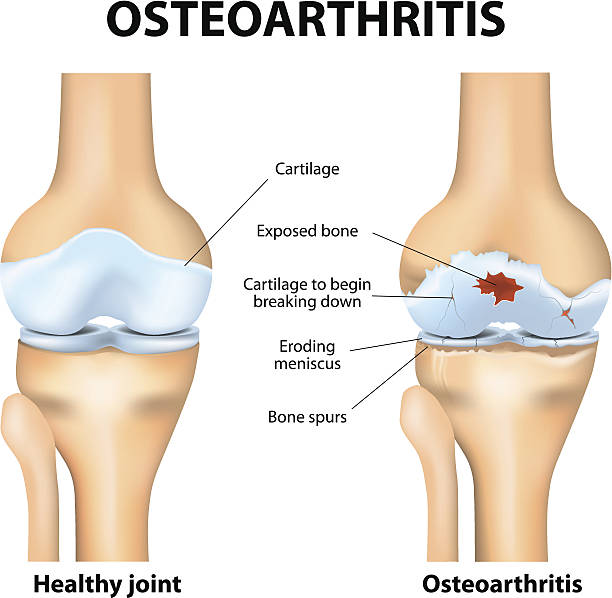
Osteoarthritis
Osteoarthritis (OA) is a chronic, degenerative joint disease where the cartilage that cushions the ends of bones wears down over time. This leads to pain, swelling, stiffness, and decreased flexibility in the affected joints. OA commonly affects weight-bearing joints, such as the knees, hips, spine, and hands, and is often associated with aging, joint injuries, obesity, and genetics. As the cartilage deteriorates, bones may begin to rub together, causing further pain and discomfort. While OA cannot be cured, treatments such as physical therapy, pain relief medications, lifestyle changes, and surgery in advanced cases can help manage symptoms and improve joint function.
Osteoarthritis Ayurveda Treatment
Osteoarthritis treatment through Techno Veda combines Ayurvedic herbs, Panchakarma therapies, and advanced technologies like electromagnetic and laser therapy. This holistic approach reduces inflammation, strengthens joints, improves mobility, and promotes long-term healing, offering effective relief from osteoarthritis symptoms.
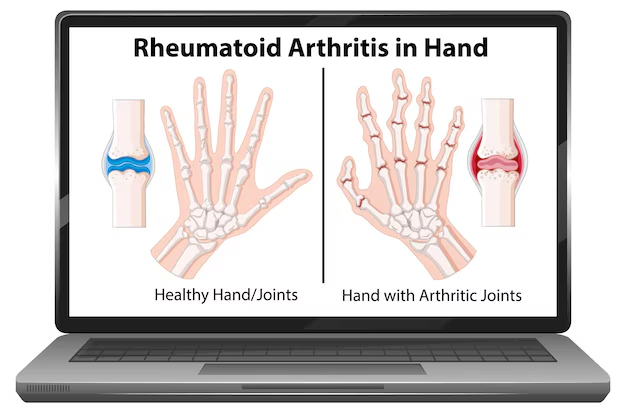
Rheumatoid Arthritis (RA)
Rheumatoid arthritis (RA) is an autoimmune disease where the body’s immune system attacks healthy joint tissues, causing inflammation, pain, swelling, and stiffness. It primarily affects the hands, wrists, and knees, leading to joint damage and reduced mobility over time.
Common Causes of Rheumatoid Arthritis
- Genetics: Family history of RA increases the risk, as certain genetic markers (like HLA-DR4) are linked to the disease.
- Immune System Dysfunction: RA is an autoimmune condition where the immune system mistakenly attacks healthy joint tissues.
- Hormonal Factors: Hormonal changes, particularly in women, may trigger or worsen RA, especially during pregnancy or menopause.
- Infections: Viral or bacterial infections can potentially trigger RA in genetically predisposed individuals.
- Environmental Triggers: Smoking, pollution, and exposure to certain chemicals may increase the risk of developing RA.
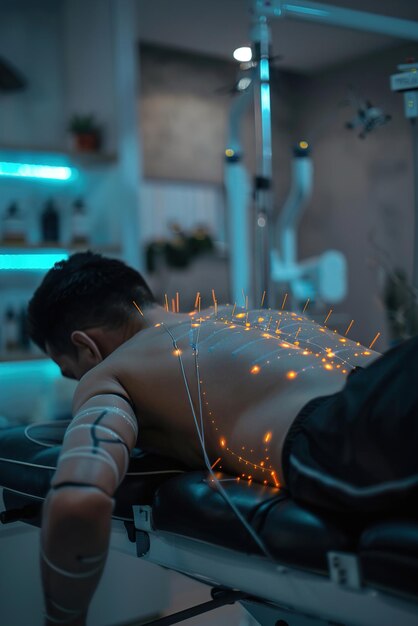
Techno-Veda Treatment for Pain Relief
- Preparation: The body is prepared for treatment, setting the stage for healing.
- Accumulation: Building up the body’s resources to enhance the effectiveness of therapies.
- Elimination: Targeting and removing toxins and inflammation from the body.
- Lubrication: Ensuring joints are well-lubricated to improve mobility and reduce discomfort.
- Rejuvenation: Utilizing a combination of therapies to restore balance and vitality.
